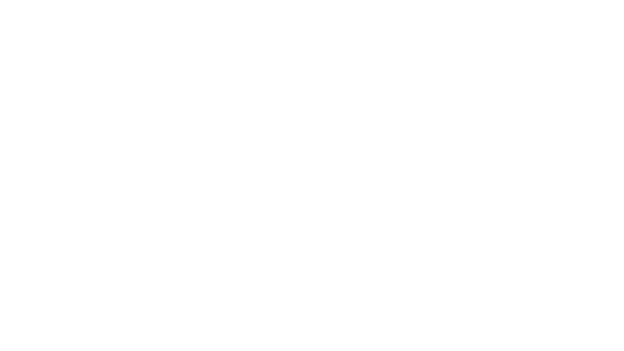West Berkshire Museum unveils Ancient Egypt animal collection
- Published
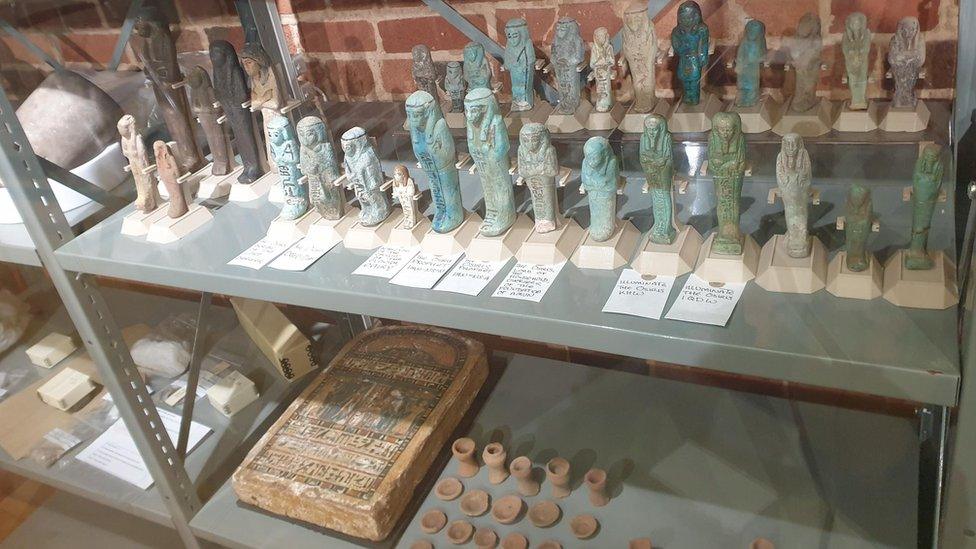
Egyptians worshipped many different gods, who were usually depicted as having a human body and an animal head
Animal artefacts have been unveiled as part of an exhibition representing life and death in Ancient Egypt.
The West Berkshire Museum has a small collection of mummified animal bundles that are now on display in the From the Nile to Newbury collection.
The objects were collected at the start of the 20th Century by one of the museum's early curators, Harold Peake.
The museum worked with the Thames Valley Ancient Egyptian Society (TVAES) to create the year-long display.
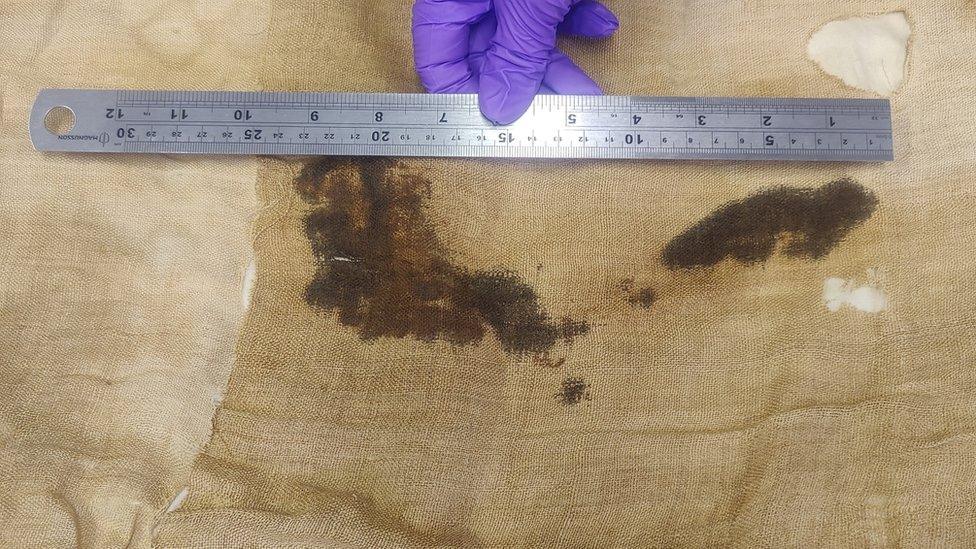
Visitors to the museum will be able to see human footprints left on an ancient tunic
Marie-Louise Kerr, curator at West Berkshire Museum, said: "I am very excited to hear what visitors make of it.
"We appreciate how fascinating people find the topic of Ancient Egypt."
Assistant archaeologist Beth Asbury said: "The ancient Egyptians were keen observers of the natural world.
"Depictions have survived of animals, such as giraffes, hippos, monkeys, dogs, cats, frogs, hedgehogs, ducks, cows, crocodiles, baboons, lions, ibises, falcons, rams and fish, for example, as well as imaginary creatures."
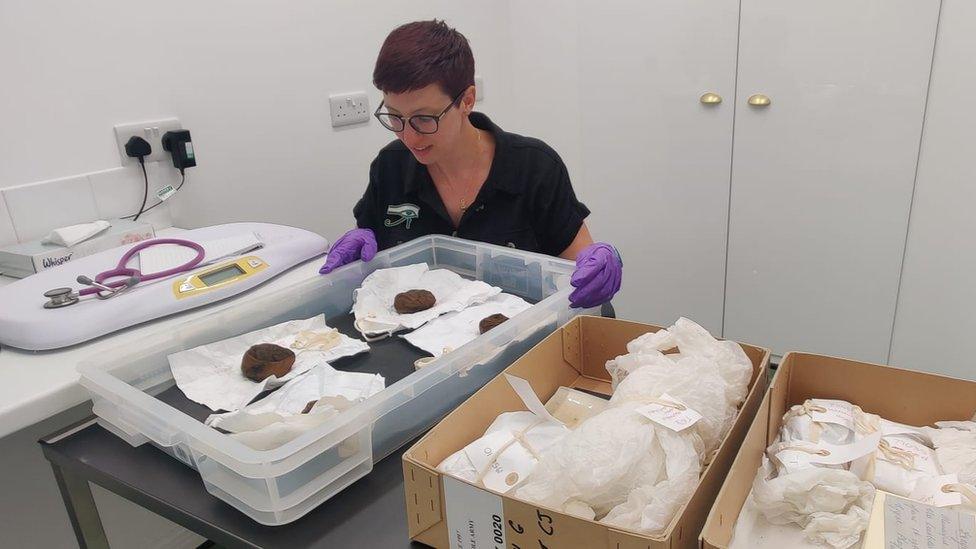
Marie-Louise Kerr, curator at West Berkshire Museum, saw the animal bundles being X-rayed at a vets
She added: "People had dogs and cats as pets, and there is evidence that some kings had zoos.
"Gods were often represented by animals that reflected elements of their personalities or attributes, such as sky gods being depicted as birds.
"Most people were farmers, so keeping livestock, like cattle, was an important aspect of many people's livelihoods."
Donnington Grove Vets X-rayed the mummified animals from the museum collection.
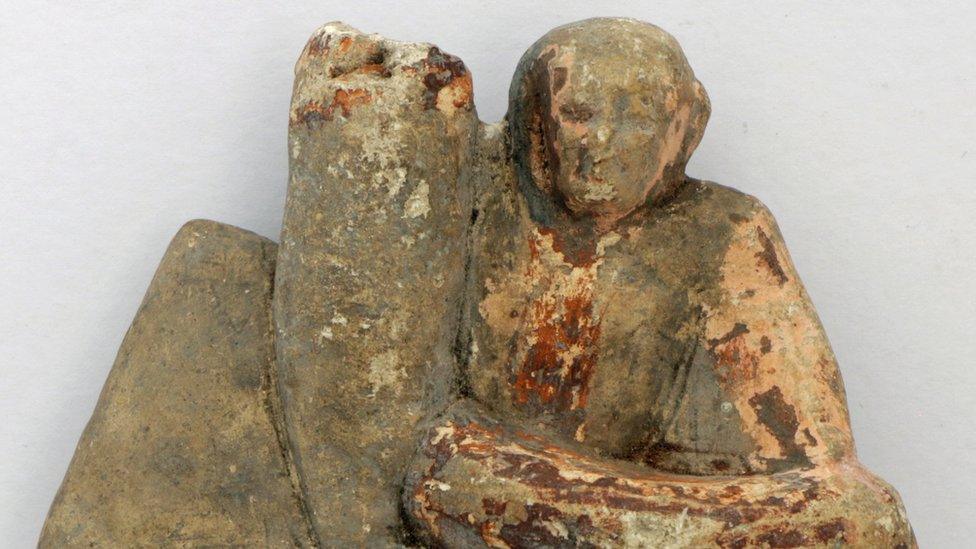
A small statue of the Ancient Egyptian God Horus, who had a a falcon-head, a sign of importance of animals in Egyptian religion
They found a bird, possibly an ibis, a cat's head and two rodents.
The display has two flint tools dating dating from 700,000 BC to circa 6,000 BC and a 2,800-year-old tunic, from about 800 BC, which has muddy footprints, from the time, on the material.
The artefacts on display were collected between 1909 and 1946.

Follow BBC South on Facebook, external, X, external, or Instagram, external. Send your story ideas to south.newsonline@bbc.co.uk, external.
Related topics
- Published21 October 2023
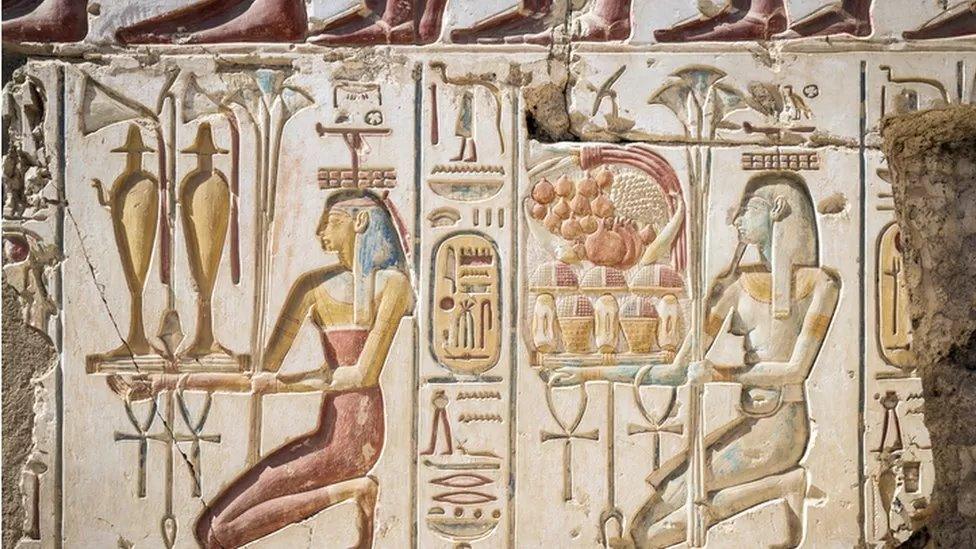
- Published6 March 2023

- Published4 May 2013
